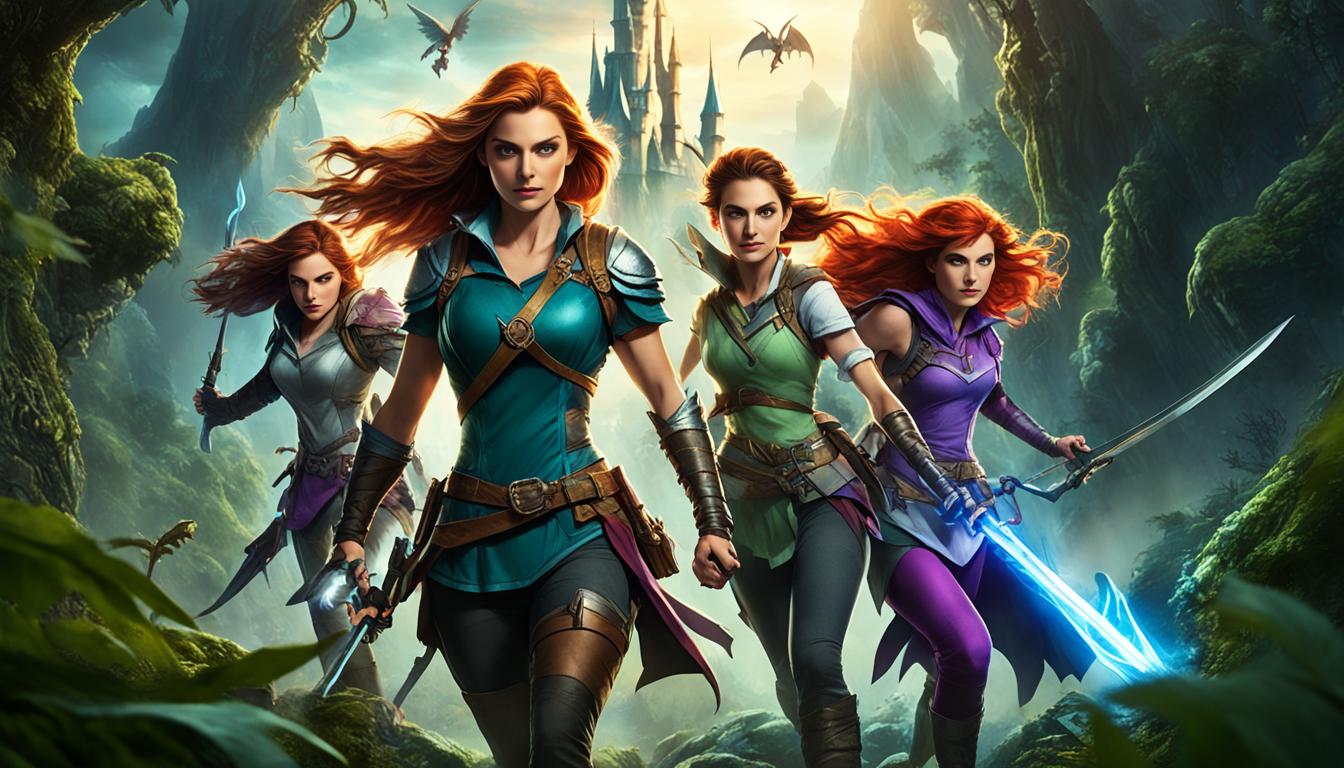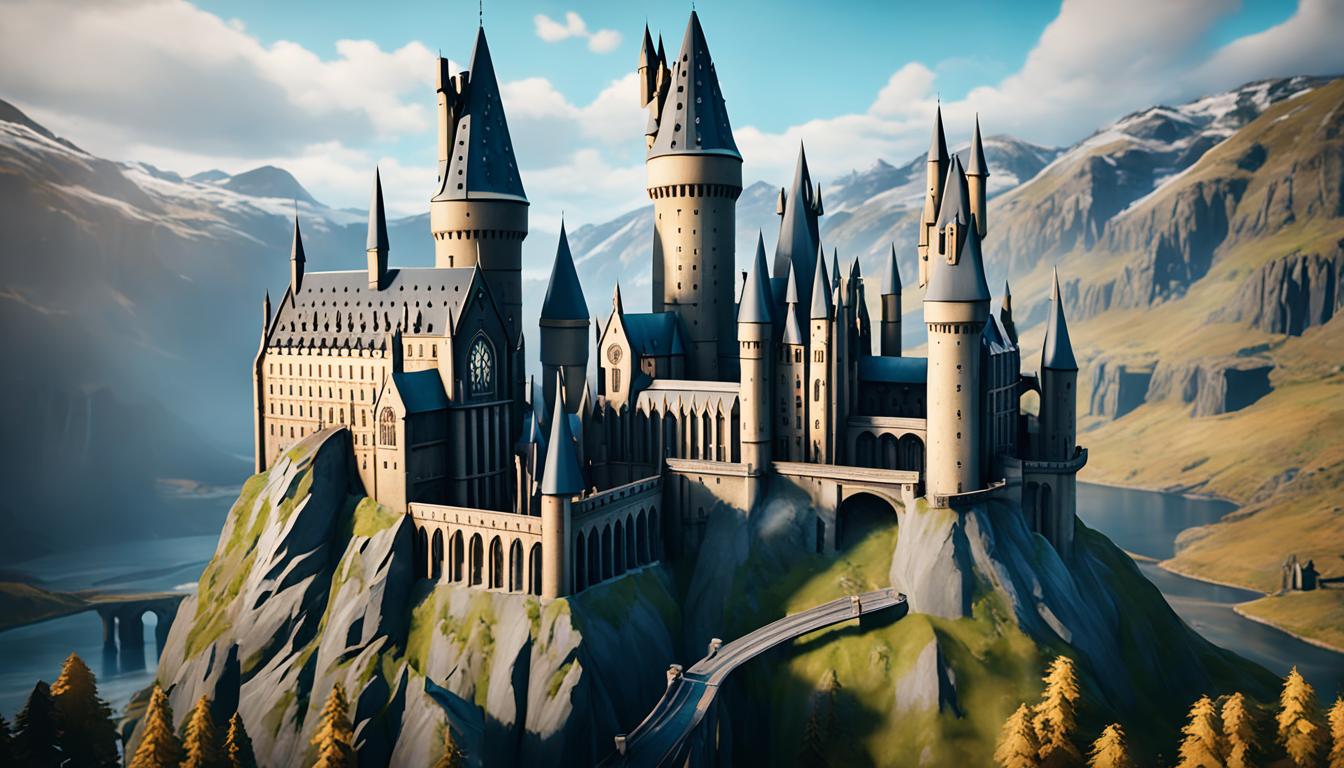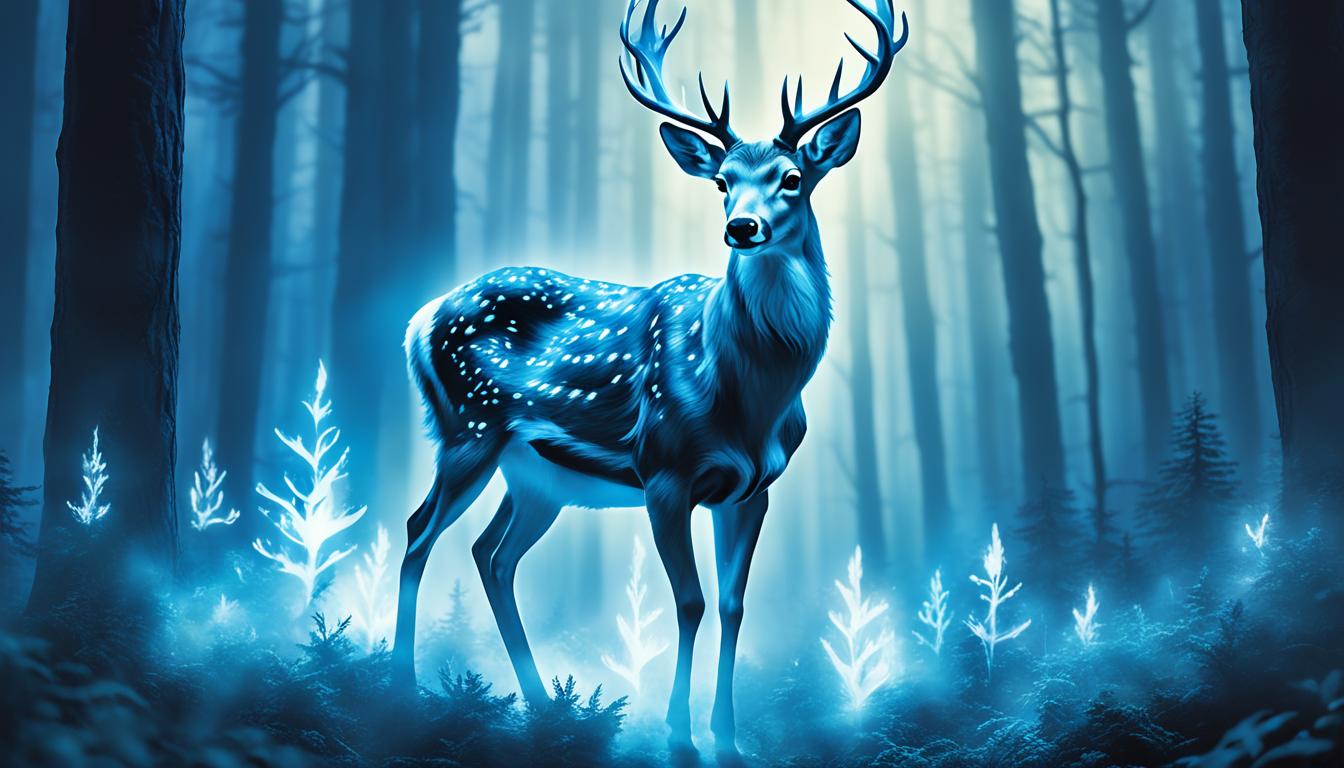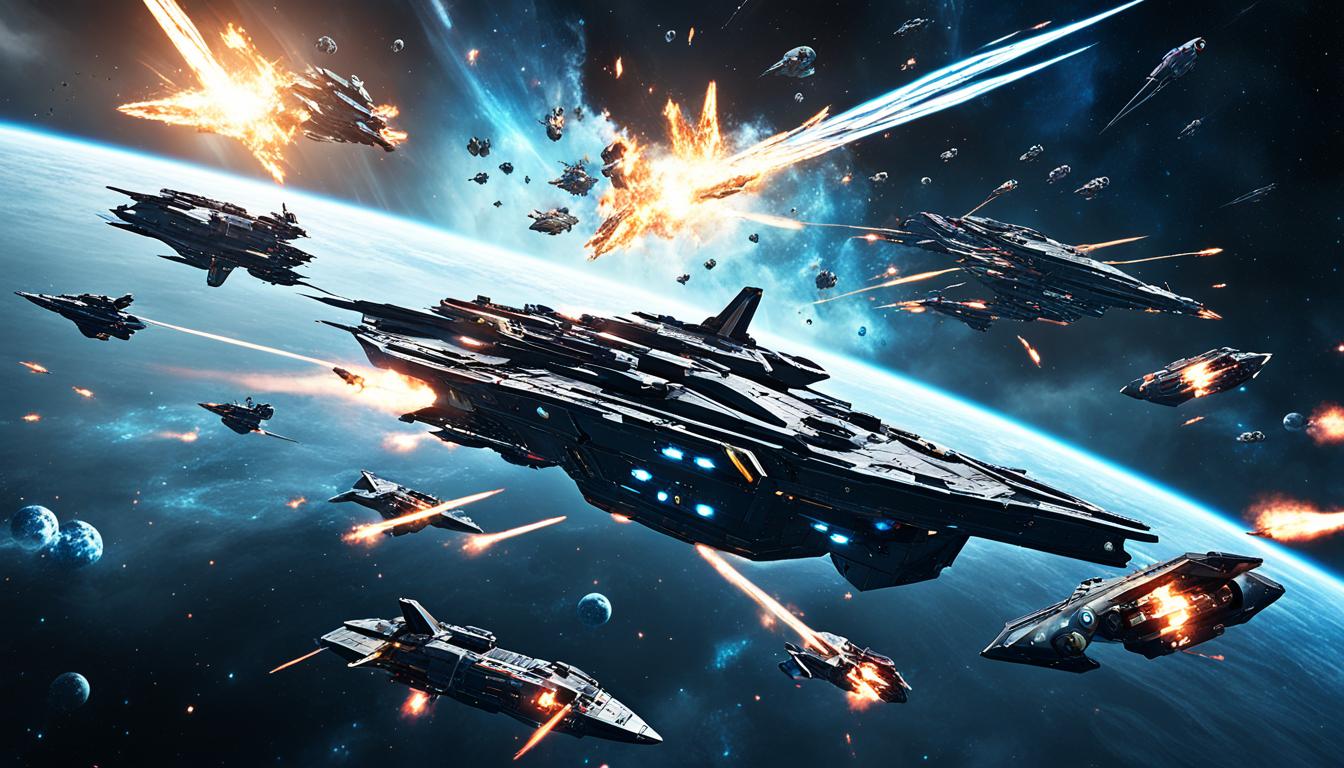Cygames managed to hit a home run with Shadowverse, their free-to-play CCG. The game continues to grow and expand its player base, making Cygames’ title highly popular on the Steam store.
If you’re having a tough time understanding the basics of Shadowverse, YouTuber Exgecko explains that the game starts with 40 cards and and the first round starts with three cards.
He explains that each card requires certain amount of points to summon to the field. You get one point per turn to build up your stash in order to play certain cards. You can only play cards when you have enough points to play them.
And speaking of playing the cards….there are plenty of guides and walkthroughs available for Shadowverse, one of which goes into great depth in the game and offers players a lot of insight and numerical breakdowns on how to play the cards and when is the best time to combine and utilize them on the field. This particular video guide comes from RednuSV.
RednuSV goes through how the cards can be played, and what their best traits are when it comes to utilizing features and tactics like combos. Combo cards depend on how many cards you’ve played before you’ve played the selected combo card. So these cards do more damage, bigger buffs or are more strategically efficient on the field when they’re played in combination with another card or after another card.
He further explains that you can play burst damage cards, a fairy card and another burst damage card to create a powerful combo.
Ancient Elf is highlighted as a powerful card with a 3 play point card that works well as a ward, works as a strong combo card in the late game, and can also be used in the early game if you want to strengthen your board presence as well. It’s suggested in the video to have three Ancient Elf cards in your deck, and that it combos well when used with Homecoming and Rhinoceroach.
Later in the video he talks about the Swordcraft decks. Which focuses on traits, stat buffing and swarming. It’s mentioned to combine cards like Sea Queen Otohime and Sage Commander during high turns, as well as using cards like Aurelia Regal Saber or Tsubaki to get a mid-ranged pressure for Swordcraft.
Red mentions that Swordcraft is a good deck class to pick up if you’re beginner.

The video moves on to Runecraft. It’s explained that the Runecraft deck is good for maintaining board Control, cycling through cards, and executing big combos.
The idea is that Runecraft focuses on cycling through the cards so you can draw out your cards a lot easier to create big combos, including being able to spell boost cards like Dimension Shift. You can also use certain cards to cycle to the Dimension Shift using the Runecraft to bring the card up front.
There’s actually a breakdown of each section covered in the video by timestamp. So there’s a brief explanation to help you cover the kind of decks best suited for your playstyle.
A lot of gamers feel as if Shadowverse is like a mix of Hearthstone and Magic: The Gathering. They’ve been putting in a lot of time and a lot of energy into the title after it finally made the leap overseas and became available on Steam.
You can get in on the game right now by downloading the client from the Steam store page.










